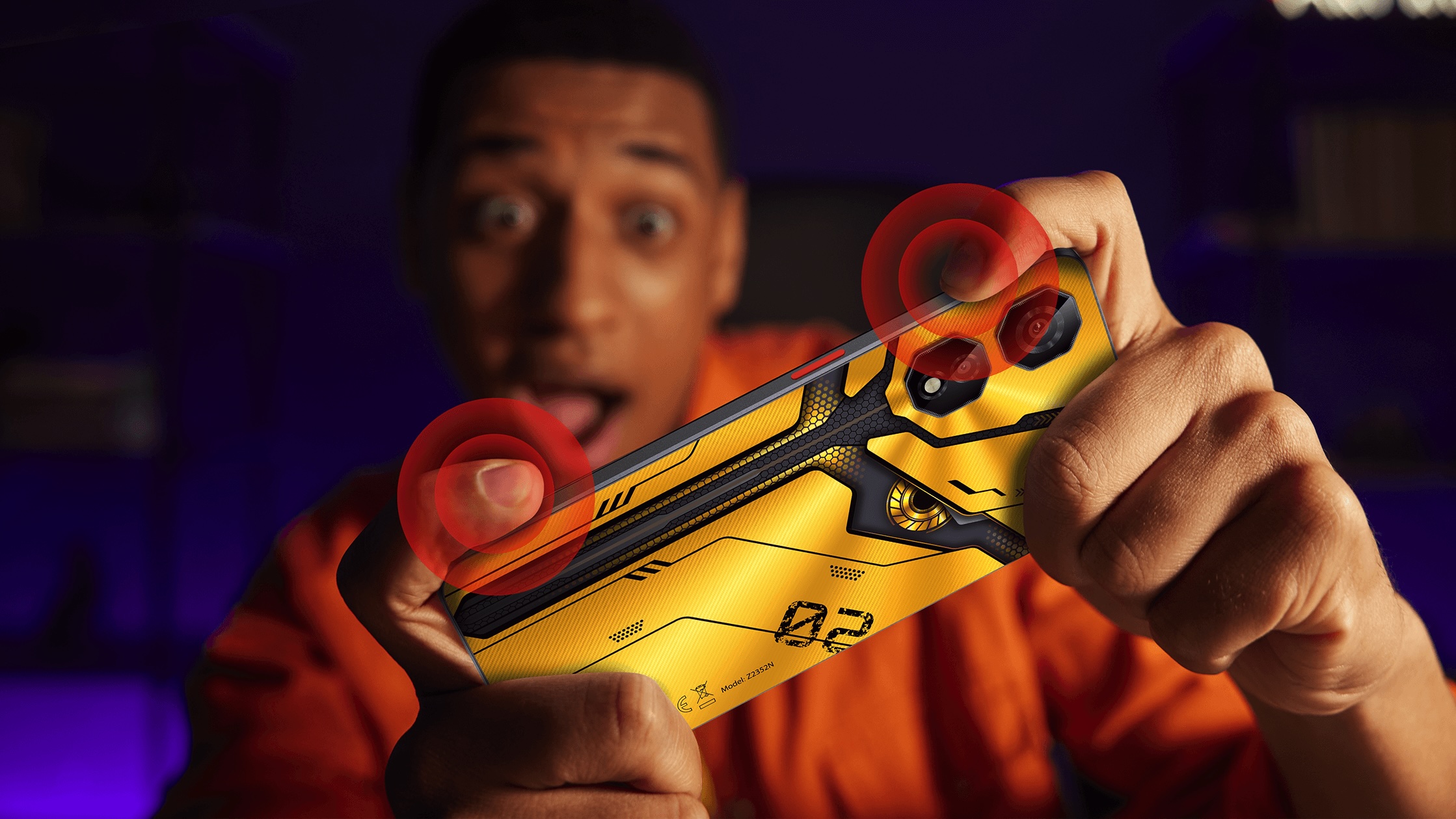 It’s all about pushing creativity to the limits
It’s all about pushing creativity to the limits
Whether you are a professional photographer or someone who loves photos, the past decade made several changes with how we take photos. New innovations here and there help us improve our creativity skills with the gear that we have.
“Whether you are 18 or 70 years old, it is innovation and creativity that’s becoming the new way of thinking,” wedding and portrait photographer Roberto Valenzuela said. Known for his best-selling photography book Picture Perfect Practice and Picture Perfect Posing, Valenuela believes that one improves their photography skill through endless hours of practice—a process that involves shooting thousands of photos both good and bad.

With mirrorless cameras improving year after year, it was inevitable for Valenzuela to switch from his trusty DSLRs to pro-grade mirrorless cameras. While there is a learning curve in switching to mirrorless, the rewards are exciting. As a Canon Global Ambassador, Valenzuela has been using the recently-launched EOS R full-frame mirrorless camera and it has helped him improve his workflow. Here’s what we learned after interviewing Valenzuela prior to his talk at Canon’s EOS R Creators Workshop last November 28 at Blue Leaf Filipinas:
Optical viewfinders are a thing of a past.
The implementation of electronic viewfinders on mirrorless cameras helped not just in making cameras compact, but also in improving focusing capabilities. “You can actually focus and then zoom in to see that you are exactly focused,” Valenzuela said.
In addition, those vari-angle displays are not just for vloggers: in the case of pro photographers like Valenzuela, this means acheiving certain shots at angles that are impossible with traditional DSLRs.
Camera autofocus is getting smarter than ever.
Paired with better focus tracking capabilities, mirrorless cameras gives both amateur and pro photographers high keeper rates for the photos they shoot. Face and eye-focus tracking is one of Valenzuela’s favorites, as it helps him get some of his work done while talking to his clients.
“That’s the biggest change: the fact that you can have a more direct relationship to your clients while still taking the photo because the camera is taking care of the focus for you.”
It is no longer about the megapixel and ISO race.
For most professionals, having a huge megapixel number and an insanely high ISO capability is not necessary except for select fields of photography. While the former has been the case for the past few years, the latter is something new, and Valenzuela has a solid reason for it.
“The better photographer you are, the less crazy high ISO you will need. You will want quality, you don’t want to destroy your file from the moment you take the picture,” Valenzuela explained, adding that for majority of his work, he usually does not go beyond ISO 400.
There’s still room for improvement for mirrorless cameras.
While mirrorless cameras have come a long way, professional ones like the EOS R still has room for improvement, as we pointed out in our editorial. Autofocus and battery life—the main weaknesses of mirrorless cameras—have been addressed in current models, though Valenzuela looks forward to better sensors capable of rendering 14-bit color for more dynamic range to work on. “The only thing that excites me is more functionality, better tracking, more dynamic range,” Valenzuela said.
Film cameras will not die, but DSLRs will eventually become extinct.
Here’s where things get interesting: while DSLRs at at their peak of development and will eventually become irrelevant in the long term, that’s not the case for film photography. “With the romance of putting your film in and developing it, that is going to be here to stay because of that feeling that people get.”
Pointing out on wanting more dynamic range with mirrorless cameras, Valenzuela thinks that the nostalgia and the feel of film gives it a unique characteristic that will involve a lot of post-processing with digital. “Sometimes you just want to get it right off the bat,” Valenzuela said.
As with DSLRs, Valenzuela thinks that companies will focus on their investment in developing mirrorless technology as “mirrorless is the way of the future.”


































































